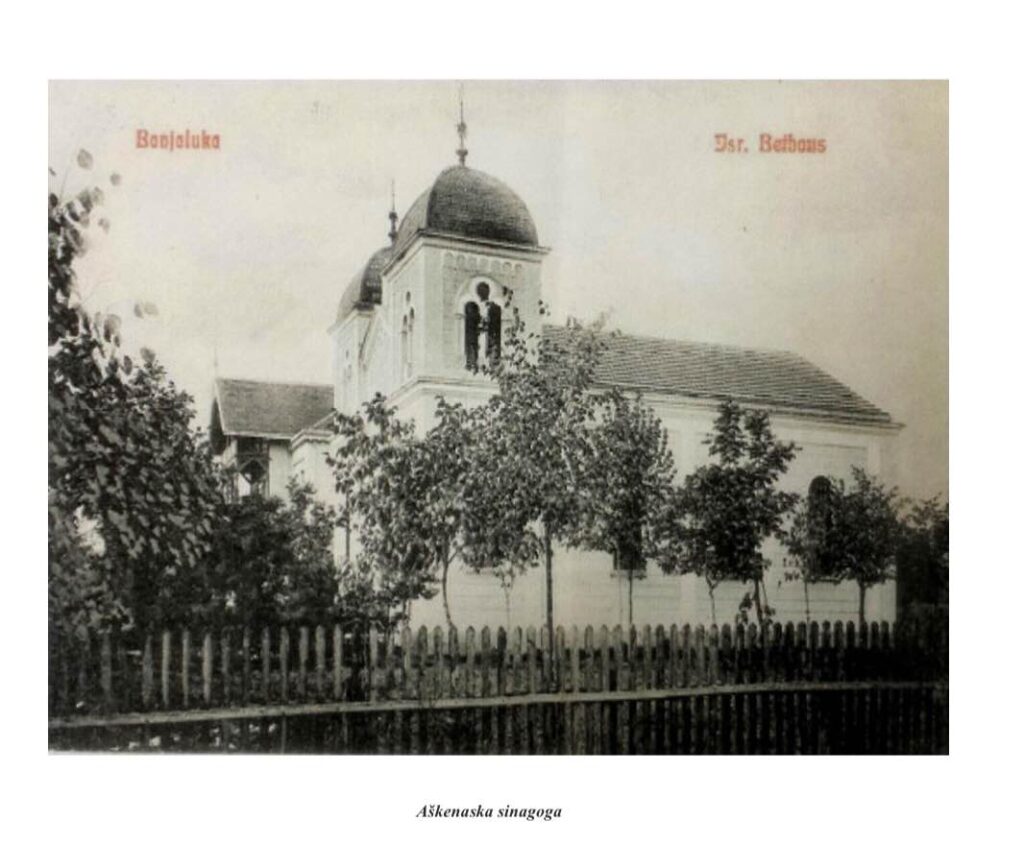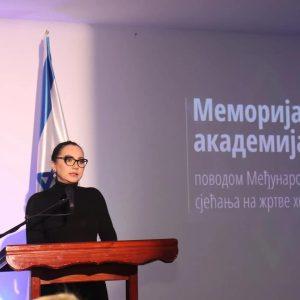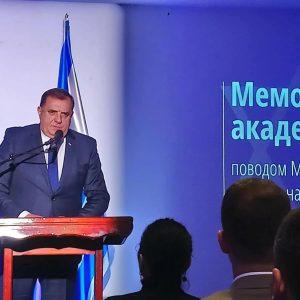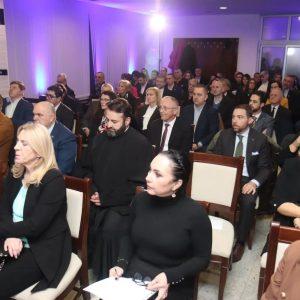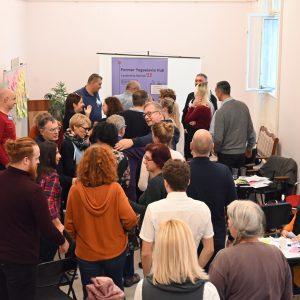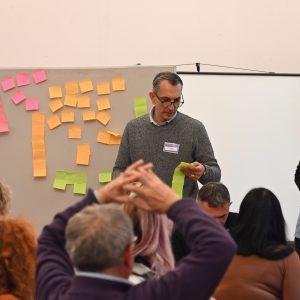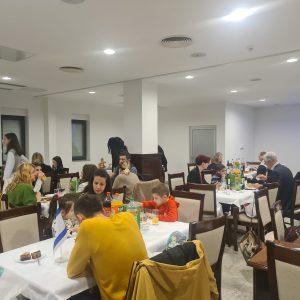History
The first mention of Jews in Banja Luka
Jewish Municipality of Banja Luka /JOBL/ it was founded two centuries ago, back in 1848, in historical dynamics, as a result of the mass appearance of Jews in Bosnia and Herzegovina during the Ottoman Empire, after their exodus from the Iberian Peninsula (Spain in 1492, Portugal in 1496).
Jewish Municipality of Banja Luka /JOBL/ it was founded two centuries ago, back in 1848, in historical dynamics, as a result of the mass appearance of Jews in Bosnia and Herzegovina during the Ottoman Empire, after their exodus from the Iberian Peninsula (Spain in 1492, Portugal in 1496).
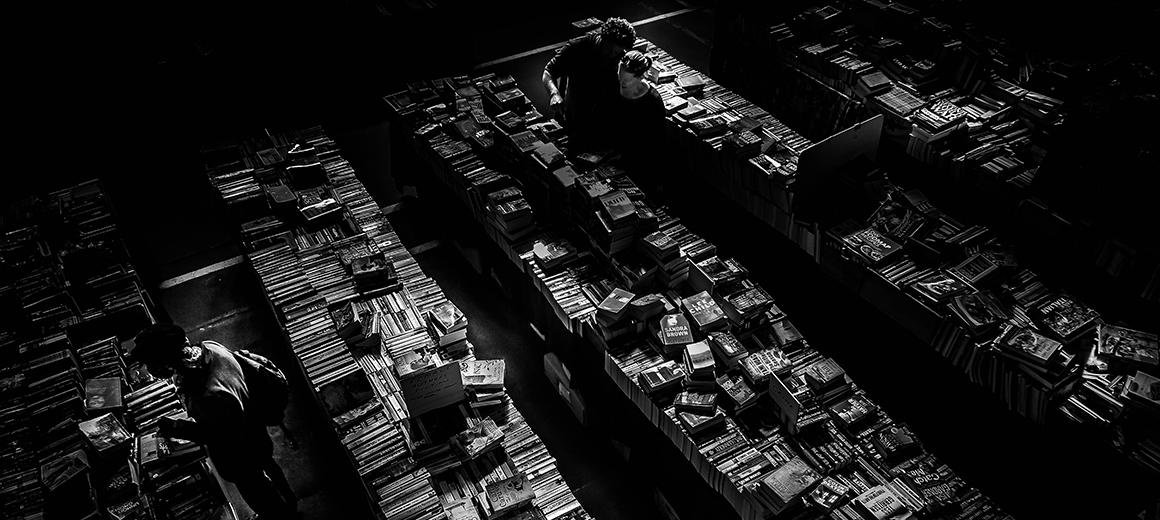
From the historical facts, the first mention of Jews in Banja Luka dates back to the end of the 16th century, truly sporadically, while their number grew significantly in the middle of the 19th century after the adoption of the imperial decree of Abdul Me?id, 1840, by which Jews
and gives full autonomy and recognizes civil rights.
With the selection of Moše Perera as the chief hamambasha, full religious freedom and the right to build synagogues and religious schools are granted. Not long after 1848, the conditions were met for the formation of the first Jewish religious community in Banja Luka, and in 1870, for the construction of the first synagogue of the Sephardic rite on the left bank of the Crkvena river (location of today's market) with a meldar /elementary Jewish school/ which attended by 23 boys.
Immediately after the annexation of Bosnia and Herzegovina by Austria-Hungary in 1878, there was a numerical explosion of Ashkenazis, mostly in the function of officials of the then monarchy, who soon after in 1900, headed by Rabbi Herzler, formed a Jewish municipality, and in 1903 they built an Ashkenazi synagogue. rites. The Sephardim led by Rabbi Jozef Nahmias built two more synagogues: the second Sephardic synagogue in 1880 (the location of the new craft center) because the first one was set on fire during the occupation in 1878 and the third and most beautiful one, which shined brightly
.
The construction of this Temple began on November 26, 1936 at the same place where the old Temple was located at the intersection of Jukićeva and Prince Pavla streets, which is now called Jevrejska ulica in memory of the Temple. As early as December 13, 1936, the consecration of the foundations of the synagogue and the Jewish cultural center in Banja Luka, which was under the roof, was performed by the Supreme Treasurer of the Kingdom of SHS, Isak Alkalaj, accompanied by Banja Luka rabbis S. Kon and M. Atijas.
A Jewish cultural center with a Sephardic synagogue was a unique architectural solution that was completed with God's help in 1937. It consisted of a number of elements that formed a whole and fully satisfied all the religious and cultural needs of the Jewish people in Banja Luka, whose number of 600 members in relation to the entire urban core of the city above Vrbas was impressive before the war, as soon as the Jews were truly the bearers of the economic and socio-economic development of Banja Luka.
The Jewish cultural center with a synagogue consisted of a heder (Jewish elementary school), a reading room with a library, a hall, a ceremonial hall, a reception hall, several municipal offices and a rabbi's quarters.
Three years after the opening of the JKD and the Temple in Banja Luka, an event took place that speaks of the strength of the Zionist movement in Banja Luka, the Congress of Zionists of the Kingdom of Yugoslavia on 23/26. XII in 1939 with the presence of a large number of foreign delegations, and greeting telegrams from Jerusalem, Tel-Aviv, London and Athens were read.
Two Jewish municipalities, two Sephardic and Ashkenazic synagogues, two Meldar rabbis, speak volumes about the life of the Jewish community in Banja Luka, which at that time was in a strong cultural rise with an open social map towards the poor and a high level of social life that even the larger Jewish communities in developed European countries.
In those years, in the pre-war period, several Jewish societies were active in Banja Luka, which cared about the status of Jews in Banja Luka.
The oldest Jewish humanitarian society "La Benevolencija", founded in 1892, operated in the area of Banja Luka as well as in the whole of Bosnia and Herzegovina. and which carried primacy not only in the field of social welfare but primarily in the field of schooling and education of young and promising generations.
The oldest and most permanent Jewish association in Banja Luka was "Kadimah" /Heb. Forward/ which took care of maintaining the civil equality of Jews in terms of social justice, democracy and protection. The activity of the association "Jewish Mistress Society "Beruria", three youth societies "Ezra", "Debora" and "B'ne Zion", "Experanse" (association of the Sephardic movement) through the Jewish newspapers in BiH "Jewish Life", and later "Jewish Voice, and the youth sports club "Makabi" (Heb-?eki?) was also socially developed, thanks to the persistent work and commitment of Jewish youth and student intelligence.
It essentially reflected the generational unity within the Jewish community and the mutual trust between the Sephardic and Ashkenazi communities that grew united around the idea of Zionism.
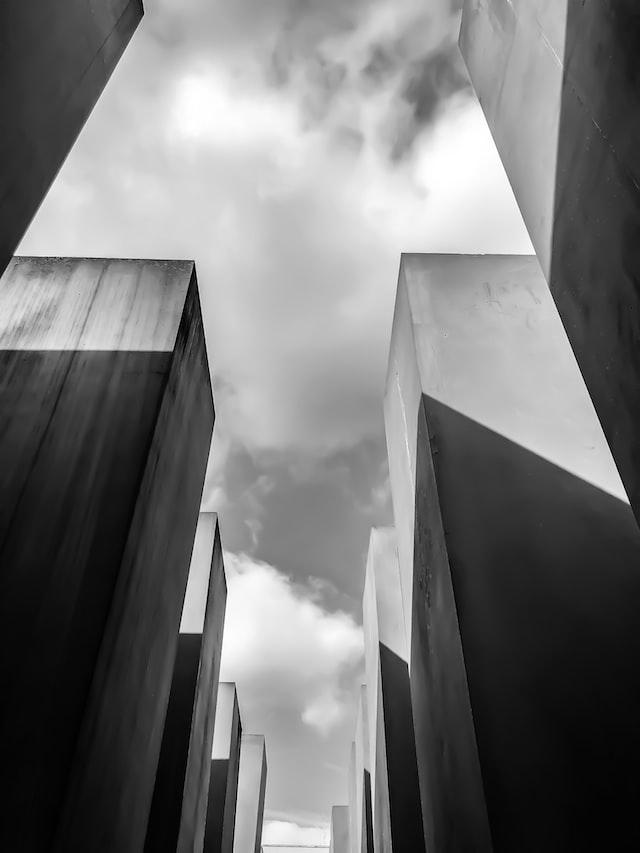
The truth was short-lived.
The Holocaust of Jews in World War II, like everywhere else in the world, did not bypass Banja Luka either. In the Gospić-Jadovno-Jasenovac-Stara Gradiška death camp systems, 85% of the members of both Jewish municipalities of Banja Luka perished.
The remaining Banja Luka Jewish population that came out tortured from the war was taken aback by the draconian laws on the nationalization of the young Titoist state in 1946, confiscating the alleged "surplus" property and was thus forced to further migrate to Israel, America and Canada, when only to obtain a visa had to leave the entire property.
After 65 years since the Holocaust
During the war, the Jewish Cultural Center with a synagogue was turned into a public house called "Lindabar" and partially demolished in 1944, after the Allied bombing. After the liberation in 1945, the remaining part of the Temple was used as a city broadcasting station for youth organizations until November 26, 1969, when Banjo Luka was hit by a devastating earthquake that definitively led to the fateful erasure of the remaining part of the Sephardic and devastated Ashkenazi Temple from the face of the earth without any memorials to this day.
The old Jewish cemetery (1883) was kept for the longest time in the Banja Luka settlement "Borik", until 1976, when due to the weakness of the minor Jewish municipality of B. Luka /then it was very difficult to even declare yourself Jewish/ and the strength of the current regime, by decision of the city the administration of Banja Luka was simply devastated, and the bones of ancestors were packed into 256 coffins and relocated to the new Banja Luka cemetery with a modest memorial to the victims of fascism and a dozen individual family monuments transferred from the old location.
Now, 65 years after the Holocaust, everything had to start from the beginning. After the war in the areas ex YU, the Jewish Municipality of Banja Luka was officially reactivated in Republika Srpska in 2002 as the Association of Jews of Banja Luka. The same origin is related to the Jewish municipality of Banja Luka, which was definitely registered as a religious community in 2005 at the level of Bosnia and Herzegovina, in the desire that the members basically adapt to the newly emerging current moment of transitional transformation of society that is on the scene after the breakup of ex-YU and with a double role members of the Jewish community and the functions of a national minority that is inextricably linked to Judaism / From the beginning until today, we changed many empires, and from the cradle of our ancestors we brought faith, customs, language and hope for a better tomorrow.
And if we have been living in the galut /diaspora/ in the area of Bosnian Krajina for centuries and generationally, and we belong to the people of these areas, since the beginning, i.e. of the formation of the Jewish Municipality of Banja Luka in 1848, and to this day we strive to preserve all the memory of our ancestors and tear from oblivion a minimum of the religious and cultural traditions of the Jews who have existed for centuries in the town on Vrbas - Banja Luka, which is the basic motto of existence and survival of our municipality.
This is reflected through our activity and need, in accordance with the moment of reality, to celebrate the traditional Jewish holidays / the biblical trilogy of the pilgrimage holidays of Pesach, the holiday of liberation and deliverance from Egyptian slavery, Shavuot, the holiday of commemoration of Moses receiving the ten commandments on Mount Sinai and Sukkot, the holiday of commemoration of The 40-year wandering of the Hebrews in the desert and their living in huts (Heb suka-hut) Celebrating Rosh Hashanah - the Jewish New Year - is traditional, as a memory of God's creation of the world after the Flood. With the New Year begins a period of ten days, better known as the days of repentance - Yamim noraim /days of prayer and repentance/, and the tenth day is Yom Kippur, a day of recognition /Viduj/ and prayer to God for forgiveness, and at the same time a day of fasting /abstinence from everything in life / Celebrating Purim as a memory of the survival of the Jewish people and deliverance from Persian slavery, and Hanukkah, the festival of light and freedom from the Hellenes and Hellenism / assimilation and imposition of Greek culture and religion.
All that is still too little for faith, memory and truth. After the opening of the office of the Jewish municipality of Banja Luka, as an expression of the city's goodwill in 2003, it also opened the possibility of planning activities with reference to humanitarian work and social care of our members who, even during the war in ex Yu since 1992, he has not been questioned at any time thanks to the tzedakah of the world Jewish community, which led to the survival and stay of Jews in Banja Luka, as well as the generational awakening of national consciousness and about Jewish belonging, which should be worked on more and more and persevered in order to properly direct it young people who make up the vitality and overwhelming majority of our membership, whose number in 2009 is 90, although objectively in the city itself there is a certain number of Jews who continue to hide their Jewish origin, for reasons known to themselves.
There are many ideas about the further development of the community, which survived during this unhappy war in Ex Yu, primarily thanks to the moral and material help of the World Jewish Community, which precisely with this gesture of mercy, tzedaka led to the survival of a small number of Banja Luka Jews and the survival of the Jewish Municipality of Banja Luka, whose number by God's will, due to the fact of mixed marriages, grew after the migration of the population with the war-affected areas ex Yu.
It has 88 members, one-third of whom have Jewish origins, while the rest joined our community as part of their families and contribute to its stability in many ways. This also happened with the war in 1992, when the Jewish-Serbian friendship society was founded in order to bring families in need closer together and remind them of the shared suffering, suffering and suffering of Jews and Serbs in the NDH concentration camps during World War II. However, society has now lost its importance by suppressing the war option.
Therefore, the only possible registration of the Association of Jews of Banja Luka was approached because the lack of democracy and rigid nationalistic laws did not allow post-war verification of the Jewish Municipality of Banja Luka. The Association of Jews in Banja Luka was founded in 2002 in accordance with the laws on national minorities, in order to establish the national option of Israel, and through the Association of National Minorities, through its active work on the development of projects aimed at preserving the culture and traditions of the Jews in these areas of Bos. Krajina, achieved communication at the local and city level.
The remaining Banja Luka Jewish population that came out tortured from the war was taken aback by the draconian laws on the nationalization of the young Titoist state in 1946, confiscating the alleged "surplus" property and was thus forced to further migrate to Israel, America and Canada, when only to obtain a visa had to leave the entire property.
History of the Jewish Municipality of Banja Luka
VIDEO
Finally, in 2005, the official registration of the Jewish Municipality of Banja Lukan at the level of Bosnia and Herzegovina, as a religious community which is recognized as a legal entity and the status of a religious community, whose religious component, God willing, will return the Torah to these areas in the form that is possible. About 50% of the membership consists of young people under the age of 35, most of whom during the war ex-Yu were mostly in kibbutzim in Israel and after the war they returned and are now looking for themselves and the confirmation of their Jewish national identity through the restitution of property and the now certain construction of a Jewish cultural home with with a synagogue that should happen in 2010, which was in B. Luka even before World War II from 1937.
Ovo sve neka bude naš blagoslov od krunske važnosti upućen Velikom kralju naše sudbine /» Jevarehe ha Adonaj vejiš mereha » /Berešit XIV, 19 -47-7/
Shalom




